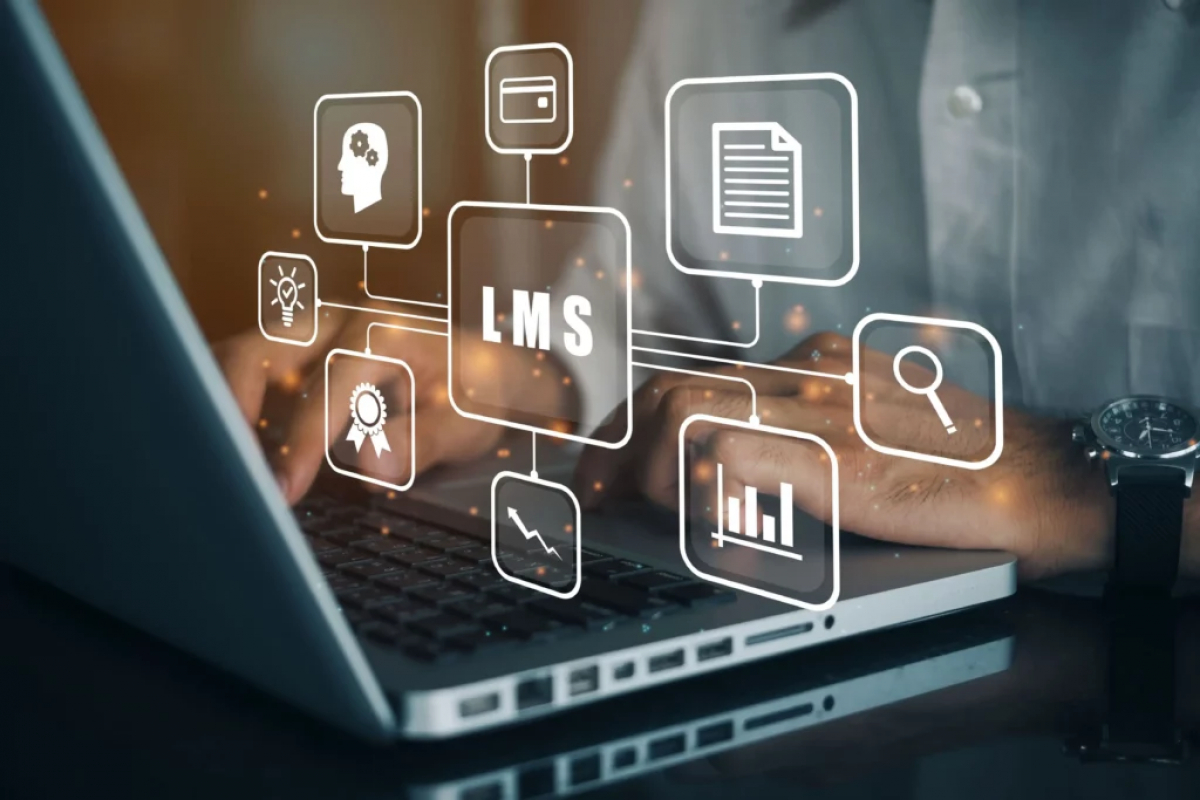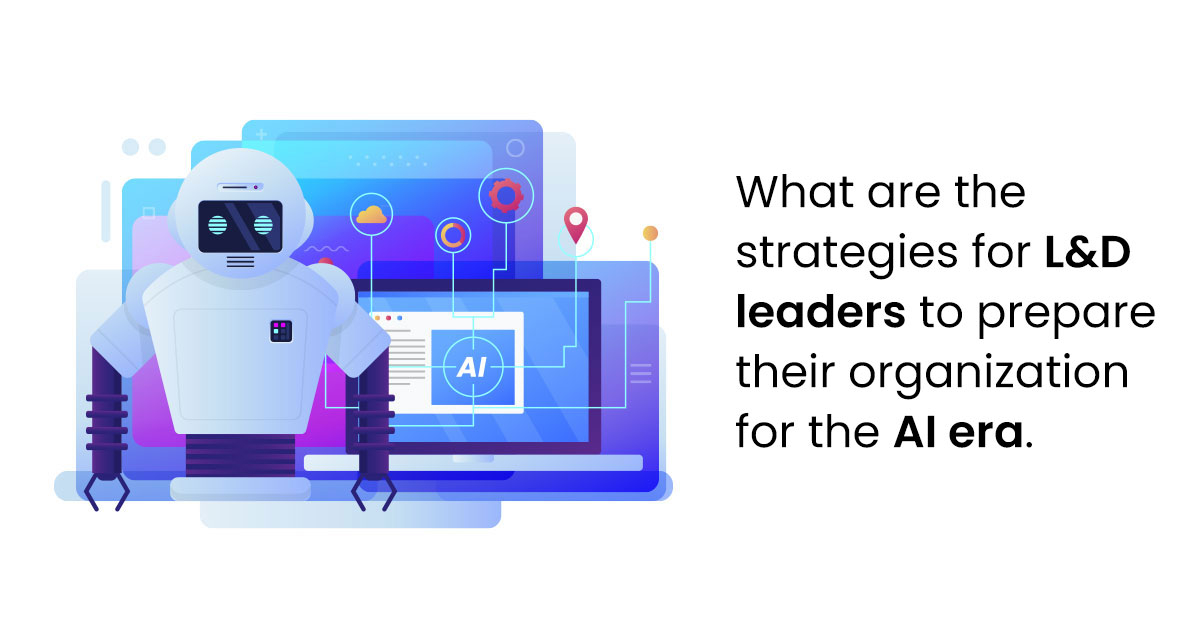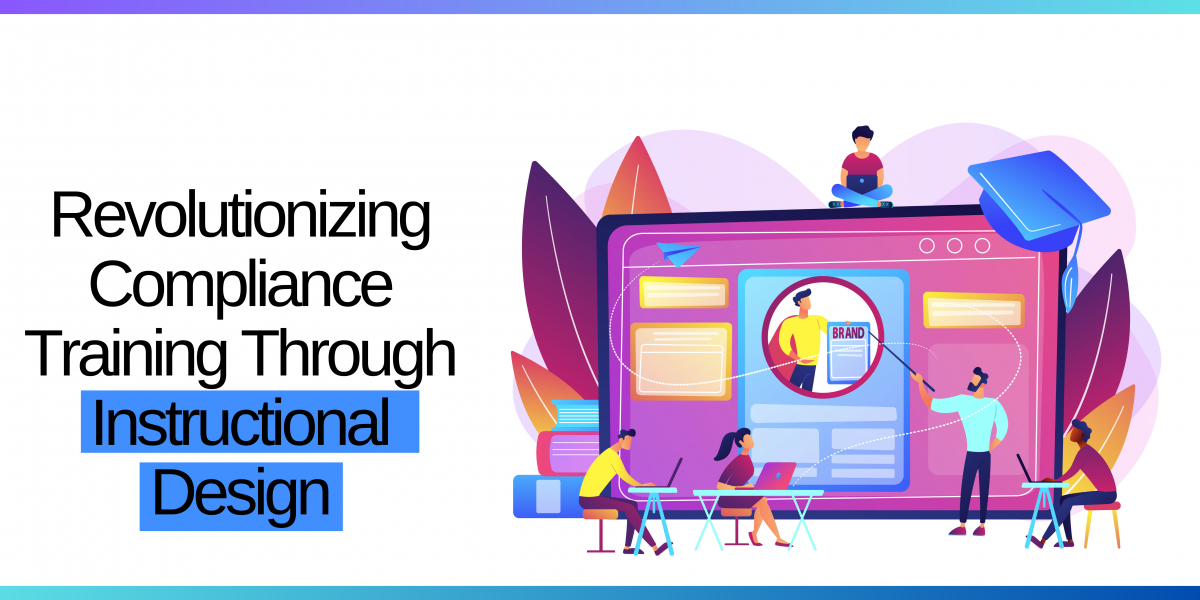Continuous learning is imperative for the holistic development of the workforce, especially in today’s competitive environment. Employee training and skill enhancement is facilitated by the Learning Management System (LMS) which plays a pivotal role in the success of an e-learning program. Optimal learning experience is hindered when the LMS is not user-friendly or has accessibility issues for the employees.
Identifying the potential issues that an LMS platform can pose is half the battle won. Complicated navigation elements, complex interfaces, and inaccessibility to relevant content are some of the common issues that can crop up on an LMS platform. Enhance your employees’ learning
experience by addressing these core concerns and streamlining the learning programs.
1. Seamless Navigation: The LMS interface needs to have a design that is intuitive and straightforward, with an easy navigation system. It should clearly indicate the flow of the e-learning course, module, and learning material.
2. Customized Learning Journey: Every individual has a different learning style and requirement. Identify this difference and curate a course based on the employees’ role, skillsets, and career aspirations. This facilitates better focus and motivation for the employees to embark on their learning journey.
3. Responsive Mobile Access: In today’s fast-paced lifestyle, everybody wants to get things done on-the-go. Considering that smartphones are the preferred learning devices while on the move, it is important to provide employees with an option to access e-learning content anytime anywhere. Collaborate with the best e-learning platforms in the market to build a responsive design that enables seamless learning across devices.
4. Crisp and Relevant Content: Cognitive overload needs to be avoided at all costs. Present clear and concise content that covers the key concepts, in an easily understandable manner. Consider the microlearning technique to present bite-sized content effectively. Connect with e-learning solution providers to curate the right content as per your requirements.
5. Feedback and Evaluation: Collect insights on user experience by integrating a feedback mechanism on the LMS or the e-learning platform. This helps to enhance the learning program and elevate the learning experience. Summative and formative assessments can help track learner progress and identify problem areas.
6. Game-based Learning Design: Make learning fun by bringing in game elements that enhance learner engagement and retention. Motivate employees through rewards such as badges, leaderboards, certificates, etc. Explore e-learning platforms that are most suited for integrating game-based learning courses.
Conclusion
A user-friendly LMS platform helps create a positive learning culture and empowers employees on their learning paths. Address key concerns such as navigation, accessibility, learning journey, content, feedback mechanisms, and assessment techniques with a well-designed LMS to elevate the overall learning experience for the workforce.




